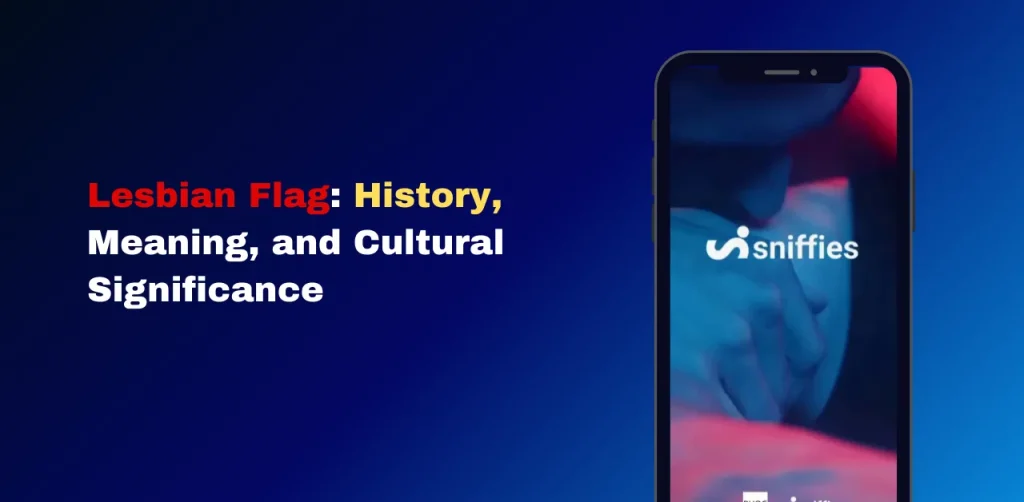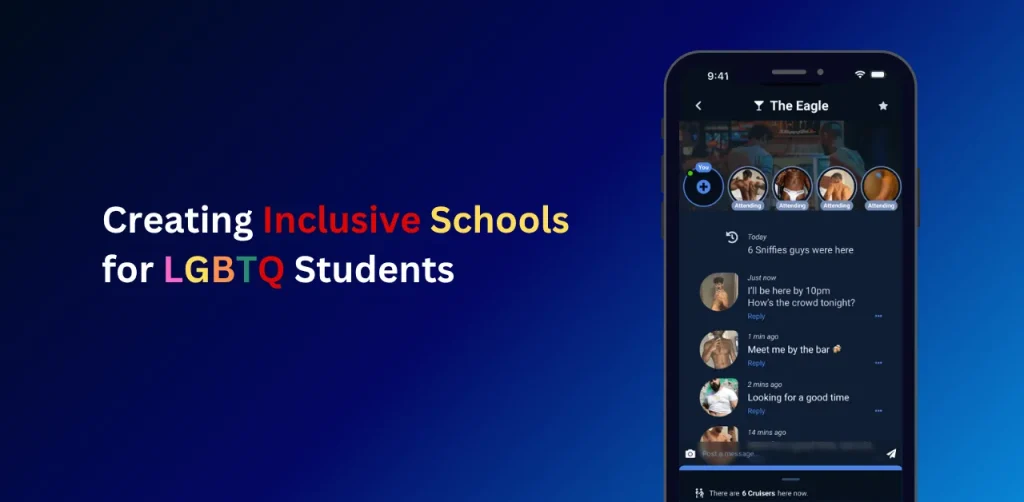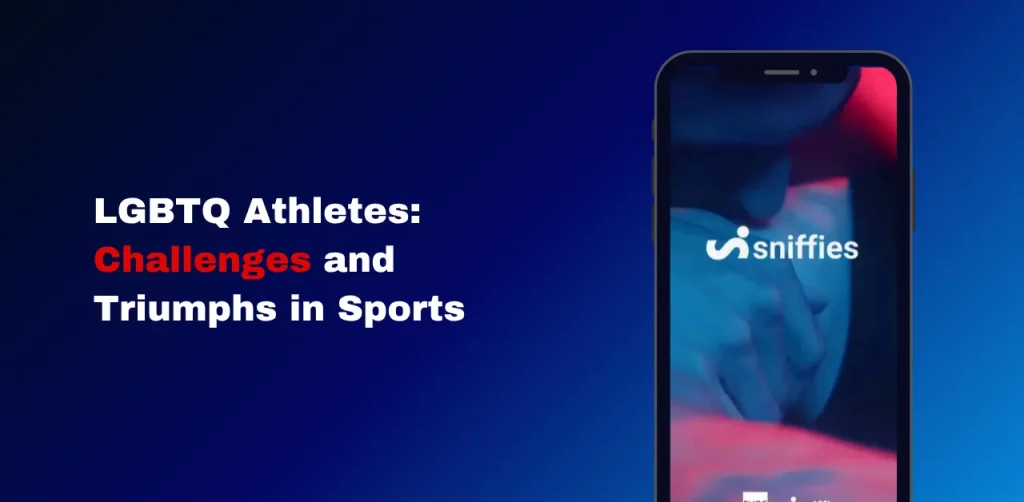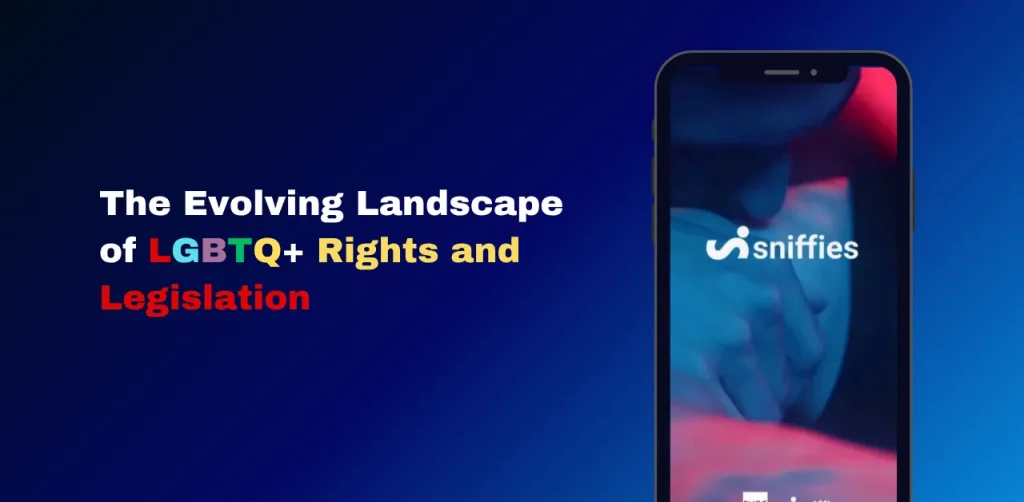LGBTQ Representation in Pop Culture
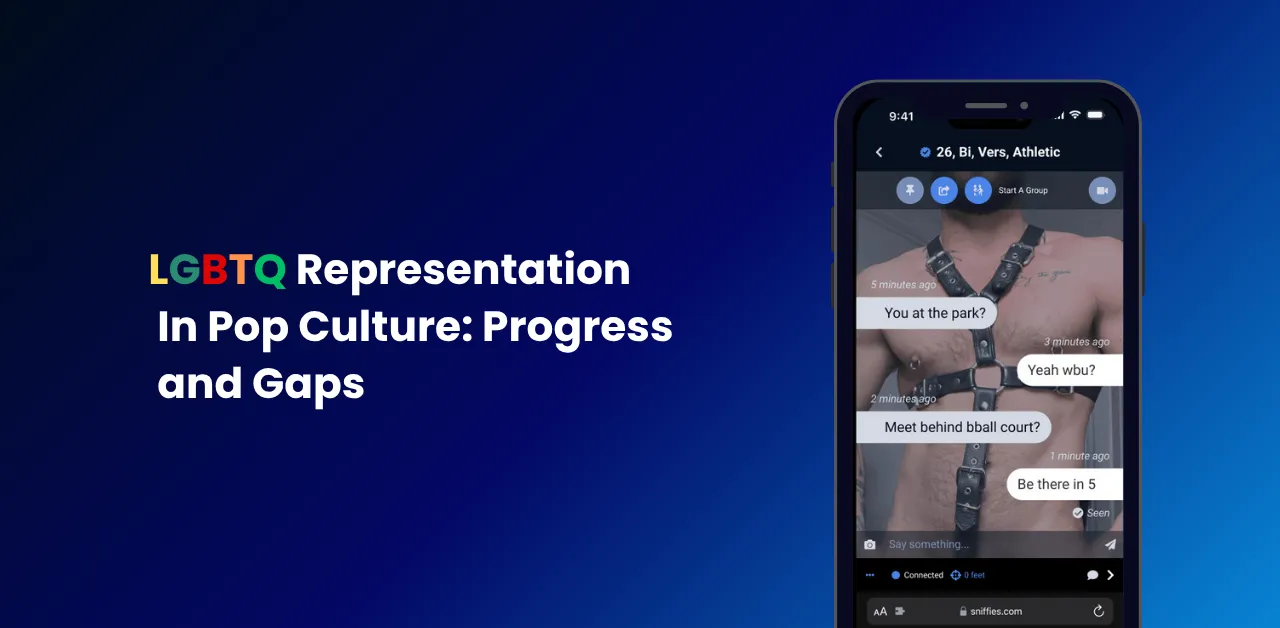
LGBTQ representation in pop culture has grown significantly, reflecting a broader societal push for inclusivity. From TV shows like Pose to films like Moonlight, queer stories are reshaping narratives and fostering acceptance. A 2022 GLAAD study found that 11.9% of regular characters on primetime TV were LGBTQ+, a record high, yet gaps remain, especially for transgender and nonbinary representation.
The Evolution of LGBTQ Representation in Pop Culture
Historical Context
Historically, LGBTQ characters were often absent or stereotyped in media. Pre-2000s, gay characters were rarely central, often depicted as comic relief or tragic figures. The 1990s saw breakthroughs like Will & Grace, which normalized gay characters but leaned on stereotypes. Today, shows like Schitt’s Creek and Euphoria portray complex, authentic queer identities, reflecting Gen Z’s demand for diversity.
Current Trends
Streaming platforms lead in queer representation, with 87% of LGBTQ+ content available on services like Netflix and Hulu, per Nielsen. Key trends include:
- Diverse Characters: Shows like Pose center Black and Latinx trans women, addressing intersectionality.
- Nonbinary Visibility: Actors like Emma Corrin in The Crown bring nonbinary identities to mainstream audiences.
- Authentic Casting: GLAAD recommends casting LGBTQ+ actors for queer roles to avoid misrepresentation, as seen in Heartstopper.
People Also Ask Insight: Queries like “Why is LGBTQ representation important in media?” highlight user interest in cultural impact, addressed below.
Why LGBTQ Representation Matters
Cultural Impact
Positive representation drives acceptance. A 2020 GLAAD and P&G study found that non-LGBTQ+ viewers exposed to queer media are 15% more likely to support equal rights. Examples include:
- Changing Attitudes: Pose humanized trans experiences, reducing stigma for 62% of viewers, per GLAAD.
- Youth Empowerment: Trans youth report lower anxiety when seeing affirming characters, per The Trevor Project.
Economic Influence
LGBTQ+ consumers wield $3.9 trillion in global purchasing power, with Gen Z (30% identifying as non-heterosexual) driving demand for inclusive brands. Brands like Oreo, with rainbow-themed campaigns, see higher loyalty from queer audiences when consistent beyond Pride Month.
Challenges in LGBTQ Representation
Underrepresentation of Certain Identities
Despite progress, gaps persist:
- Transgender Representation: Only 1% of TV characters are trans, per GLAAD’s 2022 report.
- Racial Diversity: Black and Latinx queer characters are underrepresented compared to white counterparts.
- Stereotyping: Superficial signals like rainbow flags can oversimplify queer experiences.
Backlash and Censorship
Brands like Bud Light faced backlash for queer-inclusive ads, deterring some companies. Cancelled shows like Willow highlight how queer-led series face higher scrutiny, per Nielsen.
Related Searches Insight: Terms like “challenges in queer media representation” show users seek specific barriers, addressed here with data.
How to Support Inclusive Representation
For Individuals
- Engage with Diverse Media: Watch shows like Legendary or Heartstopper to support queer stories. Streaming platforms make this accessible.
- Amplify Voices: Share content from queer creators on platforms like TikTok, where 77% of Gen Z seek identity-related content.
- Advocate: Support organizations like GLAAD to push for authentic representation.
Discover Iconic Women of Queer Country
For Brands and Creators
- Authentic Campaigns: Partner with LGBTQ+ organizations, like P&G’s work with GLAAD, for culturally relevant ads.
- Year-Round Commitment: Avoid Pride-only marketing, which 68% of LGBTQ+ consumers view as opportunistic, per YouGov.
- Hire Diverse Teams: Include queer creatives in production, as recommended by Google’s All In guidelines.
Example: ANZ Bank’s #HoldTight campaign addressed queer couples’ fear of public affection, resonating with audiences for its authenticity.
The Role of Social Media in Amplifying Representation
Social media platforms like TikTok and Instagram are key for queer visibility. A 2021 study found LGBTQ+ youth use social media for emotional support and identity exploration, with 70% finding community online. Tactics include:
- Hashtag Campaigns: #TransIsBeautiful and #QueerJoy amplify authentic stories.
- Influencer Impact: Creators like NikkieTutorials share trans experiences, reaching millions.
- Safe Spaces: Reddit and Discord foster queer communities, especially in less accepting regions.
Future Directions for LGBTQ Representation
Increasing Diversity
Future media should prioritize:
- Intersectional Stories: Center Black, Indigenous, and people of color (BIPOC) queer narratives.
- Trans and Nonbinary Focus: Increase roles for trans and nonbinary actors, as seen in Veneno.
- Global Perspectives: Highlight queer stories from regions like APAC, where search interest in “LGBT-friendly destinations” is rising.
Policy and Advocacy
Support for laws like the Equality Act can protect queer creators and ensure representation isn’t censored. Advocacy groups like The Trevor Project offer resources to drive change.
Conclusion: Driving Change Through Representation
LGBTQ representation in pop culture is a powerful force for acceptance, empowering youth and influencing economies. By engaging with diverse media, advocating for policy, and supporting authentic creators, we can amplify queer voices.
For immediate support, contact The Trevor Project at 1-866-488-7386. Explore more ways to connect at Sniffies’ LGBTQ+ history timeline. Check out our latest article How Gen Z is Redefining Gender and Sexual Identity

